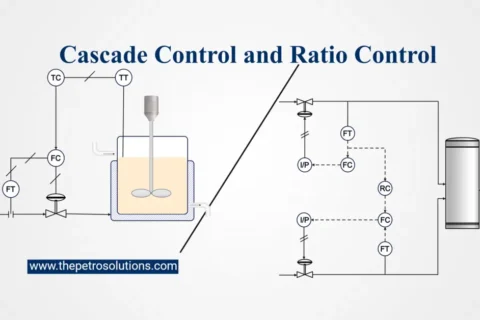Absorption
Absorption is the process in which one substance, called the absorbent, takes up another substance, called the absorbed, into its volume. This process can occur in a variety of systems, including biological, chemical, and physical systems. The mechanism of absorption depends on the properties of the absorbent and the absorbed substance, as well as the conditions of the system.
There are several types of absorption.
1. Physical Absorption
This type of absorption occurs when the absorbed substance is dissolved in the absorbent. Physical absorption typically involves nonpolar substances being absorbed by nonpolar solvents.
2. Chemical Absorption
This type of absorption involves a chemical reaction between the absorbent and the absorbed substance. For example, acid gases such as carbon dioxide can react with alkaline solutions to form carbonates or bicarbonates.
3. Ion exchange Absorption
This type of absorption occurs when ions are exchanged between the absorbent and the absorbed substance. This is commonly used in water treatment to remove ions such as calcium and magnesium, which cause hard water.
4. Biological Absorption
This type of absorption occurs in living organisms. Nutrients and other substances are absorbed by cells through processes such as diffusion, active transport, and facilitated diffusion.
Adsorption
Adsorption is the process in which a substance adheres to the surface of another substance, forming a thin layer or film. The substance being adsorbed is called the adsorbate, and the surface on which it adheres is called the adsorbent. The mechanism of adsorption depends on the properties of the adsorbent, the adsorbate, and the conditions of the system.
There are several types of adsorptions.
1. Physisorption or Physical Adsorption
This type of adsorption is also called Van der Waals adsorption. It occurs when weak intermolecular forces such as Van der Waals forces, hydrogen bonding, or dipole-dipole interactions attract the adsorbate to the surface of the adsorbent. This type of adsorption typically occurs at low temperatures and can be reversible.
2. Chemisorption or Chemical Adsorption
This type of adsorption involves chemical reactions between the adsorbate and the surface of the adsorbent. This process is stronger than physical adsorption and typically requires higher temperatures. The adsorbate becomes chemically bonded to the surface of the adsorbent, which makes chemisorption irreversible.
3. Biosorption
This type of adsorption is the ability of biological materials such as algae, bacteria, fungi, and yeast to accumulate heavy metals, radionuclides, and organic pollutants from wastewater. Biosorption occurs by various mechanisms, including complexation, ion exchange, and electrostatic attraction.
4. Ion exchange Adsorption
This type of adsorption occurs when ions in a solution are exchanged with ions on the surface of the adsorbent. For example, ion exchange resins are used in water treatment to remove dissolved ions such as calcium and magnesium that cause hard water.
Difference between absorption and adsorption:
The main differences between absorption and adsorption are as follows;
1. Mechanism
Absorption occurs when the absorbed substance is taken up into the volume of the absorbent, while adsorption occurs when the adsorbate adheres to the surface of the adsorbent.
2. Uniformity
Absorption leads to a uniform distribution of the absorbed substance throughout the absorbent, while adsorption results in a thin layer of the adsorbate on the surface of the adsorbent.
3. Reversibility
Absorption can often be reversible, while adsorption is typically irreversible.
4. Strength of Interaction
The intermolecular forces that govern absorption are typically stronger than those that govern adsorption.
5. Phase
Absorption usually involves a gas or liquid being taken up by a liquid or solid, whereas adsorption usually involves a gas or liquid being attracted to and sticking onto the surface of a solid.
Examples
Examples of absorption include the absorption of carbon dioxide by water or the absorption of water by a sponge. Examples of adsorption include the adsorption of dyes onto fabric or the adsorption of gas molecules onto the surface of a catalyst.
In summary, absorption involves a homogeneous uptake of one substance into another, while adsorption involves a heterogeneous attraction of one substance onto the surface of another.




